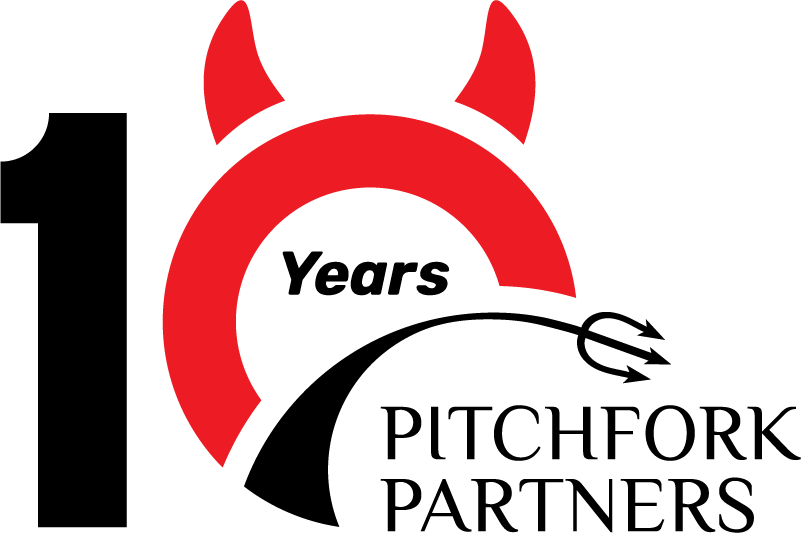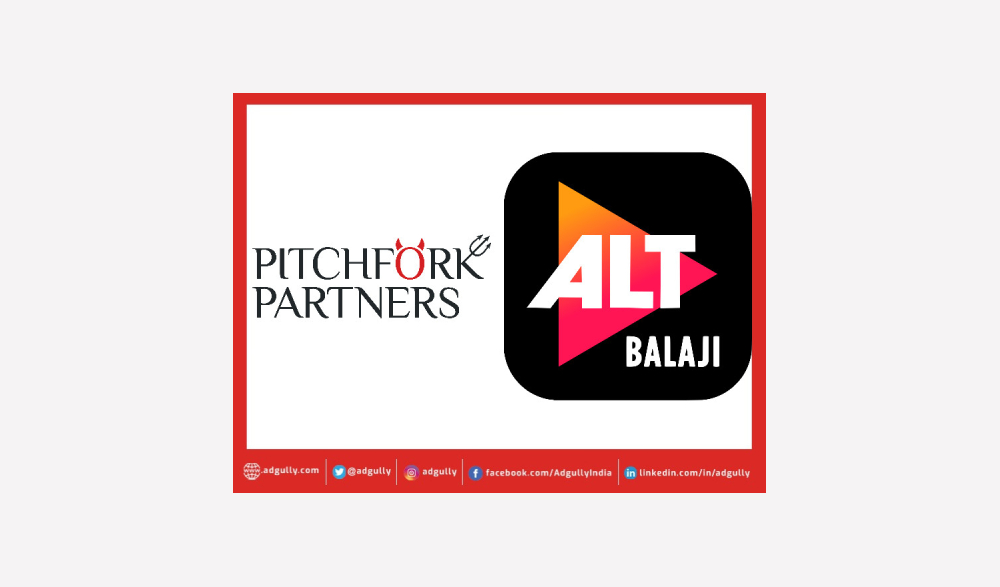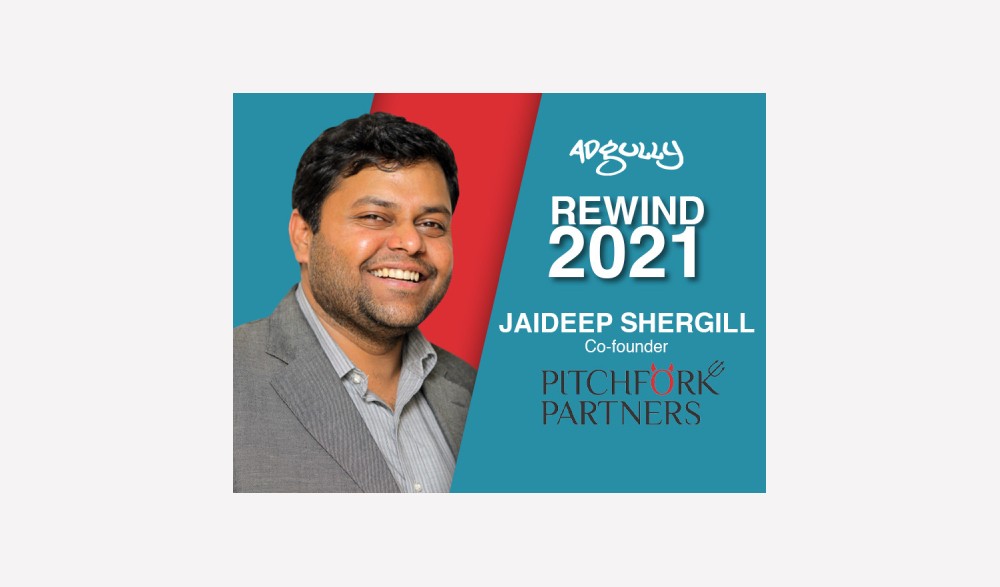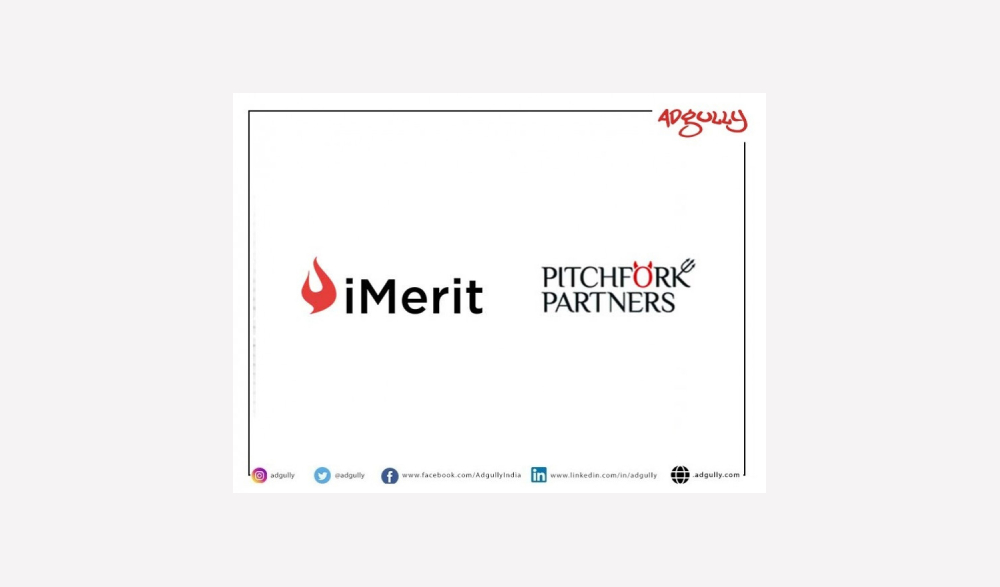
EXCLUSIVE | Jaideep Shergill, Pitchfork Partners: Brands need the PR vaccine
Jaideep Shergill, Co-founder of Pitchfork Partners,is a strategic communications and multi-market expert with 23 years’ experience in banking, media, PR & communications, brand and marketing functions across diverse markets and roles.
Before he co-founded Pitchfork Partners Strategic Consulting LLP in 2015, Jaideep was CEO of MSL Group in India. Under his leadership, MSL Group registered strong growth in revenue and market penetration through strategic mergers and acquisitions, along with a huge push on digital and other growth areas.
Recognised as a thought leader, Jaideep has represented the marketing and PR industry at several major industry events in India and internationally, including as a speaker at the World Economic Forum, East Asia in Jakarta in 2011.
Writing exclusively for MediaBrief, Jaideep reflects on how the PR industry evolved to cope with the challenges of the pandemic, how digital storytelling has changed the way we measure impact, about the opportunities in new media, and the shifting content consumption patterns of audiences. Read on.
Transformation is not new to the public relations (PR) business. In fact, it’s been the theme of the last decade and a half – so much so that the rare settled and consistent phases seem out of place.
However, few would have been prepared for the upheavals caused by COVID-19. It’s changed our clients’ worldview and therefore how they function – and so it’s changed us too. More than radically transform, it has accelerated several trends we have noted and have been adapting to. For instance, audiences were steadily migrating from traditional media platforms to digital ones for years but now it’s happening at breakneck speed.
As a result, we are witnessing the rise of impactful digital storytelling, a reliance on data and insights as well as a change in the way we measure the impact of our work. PR had been establishing itself as a strategic tool in the brand communication arsenal and now it has become a vital one. We have a seat at the high table because the budget cuts and battle for mindshare have underscored the need for genuine engagement.
We are witnessing the rise of impactful digital storytelling, a reliance on data and insights, as well as a change in the way we measure the impact of our work. PR had been establishing itself as a strategic tool in the brand communication arsenal and now it has become a vital one: Jaideep Shergill
Brands understand that an effective PR strategy is what will build affinity among audiences. As brands articulate purpose and display societal commitment, PR professionals are navigating the landscape for them. That is why PR is not playing a side role in the marketing story anymore.
The pandemic has also emphasised the need for consolidation. It’s unlikely that the future will be about a plethora of brands with offices across the country. Now, efficiency and lower costs are critical. You can service brands countrywide from a single office– work from home has taught us that. The other critical concern is talent – we have to evolve from poaching it from other agencies to helping what we have evolved.
The pandemic has also emphasised the need for consolidation. It’s unlikely that the future will be about a plethora of brands with offices across the country. Now, efficiency and lower costs are critical: Jaideep Shergill
Some clear trends seem to have emerged:
Going beyond the traditional
Actually, PR stopped being about only media relations a while ago but the need to think beyond it has never been more critical. The industry has to build capabilities around content marketing, community building, and customised digital storytelling faster.
One of the results of the decline of traditional media and the rise of new media is that brands need to communicate 24×7. Conversations don’t stop at the end of the workday – digital platforms are buzzing around the clock. So, the industry needs to step up the listen-and-respond-now game. The data and insights from this approach have real business value too; they are rich in learnings about the audience’s mindset and where offerings are falling short.
The constant listening will also help PR professionals guide their clients better through a crisis.
One of the results of the decline of traditional media and the rise of new media is that brands need to communicate 24×7. Conversations don’t stop at the end of the work-day – digital platforms are buzzing around the clock. So, the industry needs to step up the listen-and-respond-now game: Jaideep Shergill
There are new trends in content consumption – the rise in collective viewing and the emergence of a new prime time (12 noon to 2 pm), to name just two. This necessitates a rethinking of how communication budgets are structured.
Lastly, brands have no choice but to stand for something larger than their business. The industry will need to craft messages better to drive human connections.
The way we work
We’ve all worked from home for over a year. The cautious attempts at reopening offices have been hampered not just by the second wave of the virus but also because many team members returned to their hometowns when the lockdown was announced. They are delivering the goods from there and, understandably, prefer to stay put until there is clarity on lockdowns, local commuting, and health security.
The pandemic showed us that it’s possible to be creative and effective when working from home, so there’s no reason to believe that we can’t deliver through a hybrid work-from-home and work-from-office model that’s likely to be the norm going forward. The key will be to keep teams engaged and feeling as if they’re part of a single unit despite being dispersed across the country.
The PR industry can only benefit from investing less in office space and more in modern tools and talent.
The pandemic showed us that it’s possible to be creative and effective when working from home, so there’s no reason to believe that we can’t deliver through a hybrid work-from-home and work-from-office model that’s likely to be the norm going forward: Jaideep Shergill
Analyse this, analyse that
The amplification of digital content consumption will only get more entrenched in a post-pandemic scenario. So, agencies that haven’t invested in SEO and SEM techniques, or content marketing, will find the going tough.
More importantly, PR will increasingly incorporate digital analytics to make sure the communication rests on a better understanding of the audience.
Content – specifically customised content – will be the key. The content will need to have value to the audience, which is why it needs to be customised at least to the different audience cohorts and it’ll have to be produced quickly to enable the building in context. To enable this, the management of brands’ social media presence will shift to PR agencies which will need to handle a variety of content forms – from blogs to videos and GIFs to podcasts.
The pandemic has served as a learning experience, even though it’s been the greatest challenge ever faced by the PR industry. The first priority was to protect the business and retain as many clients as possible, even at lower fees. Alongside, we had to facilitate the work-from-home paradigm. Lastly, we had to help team members facing health concerns or who were stranded in Mumbai without a support system.
It’s been an uphill climb, but the industry has emerged wiser from it. That’s why I’m confident that this age of brand communication belongs to PR.








